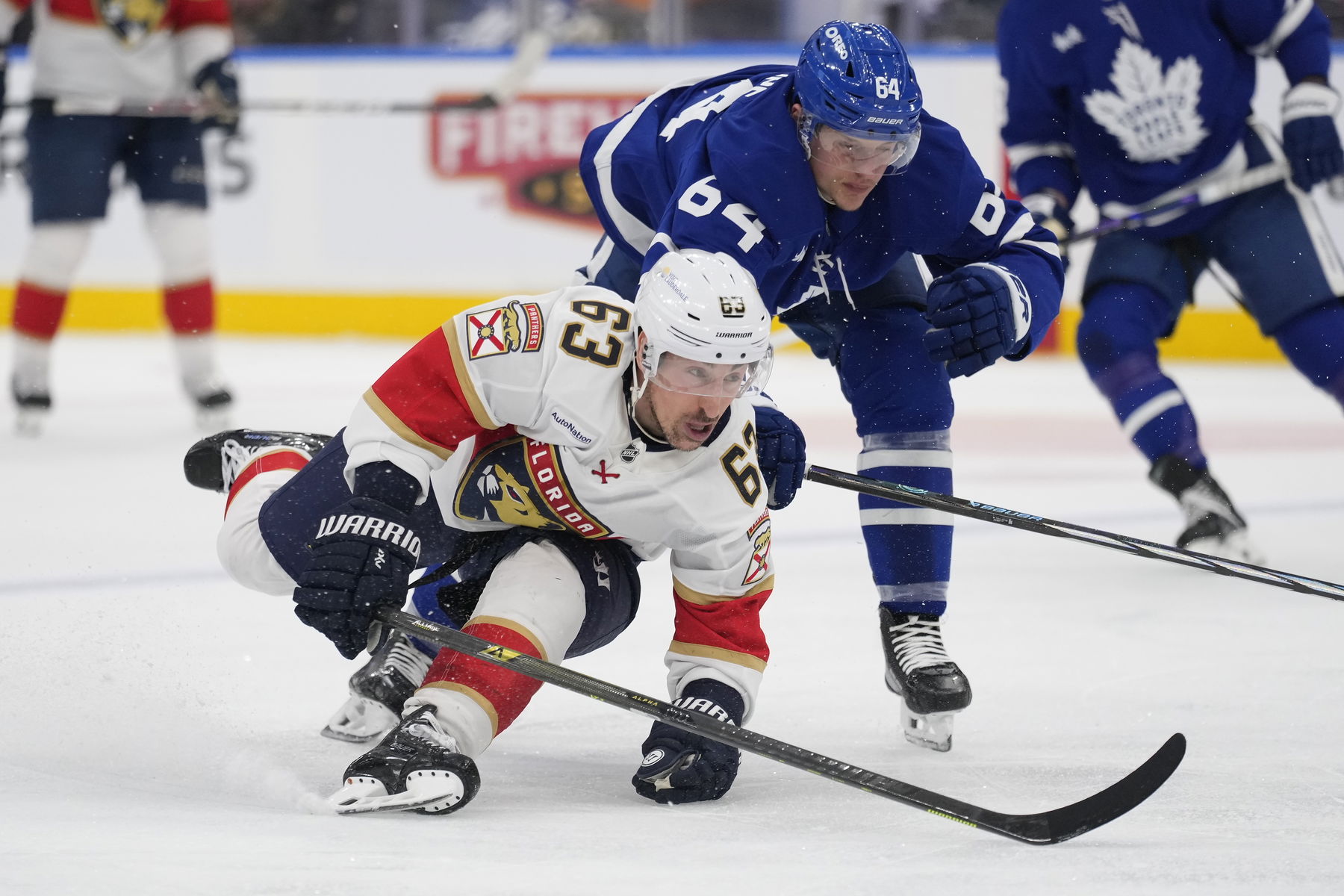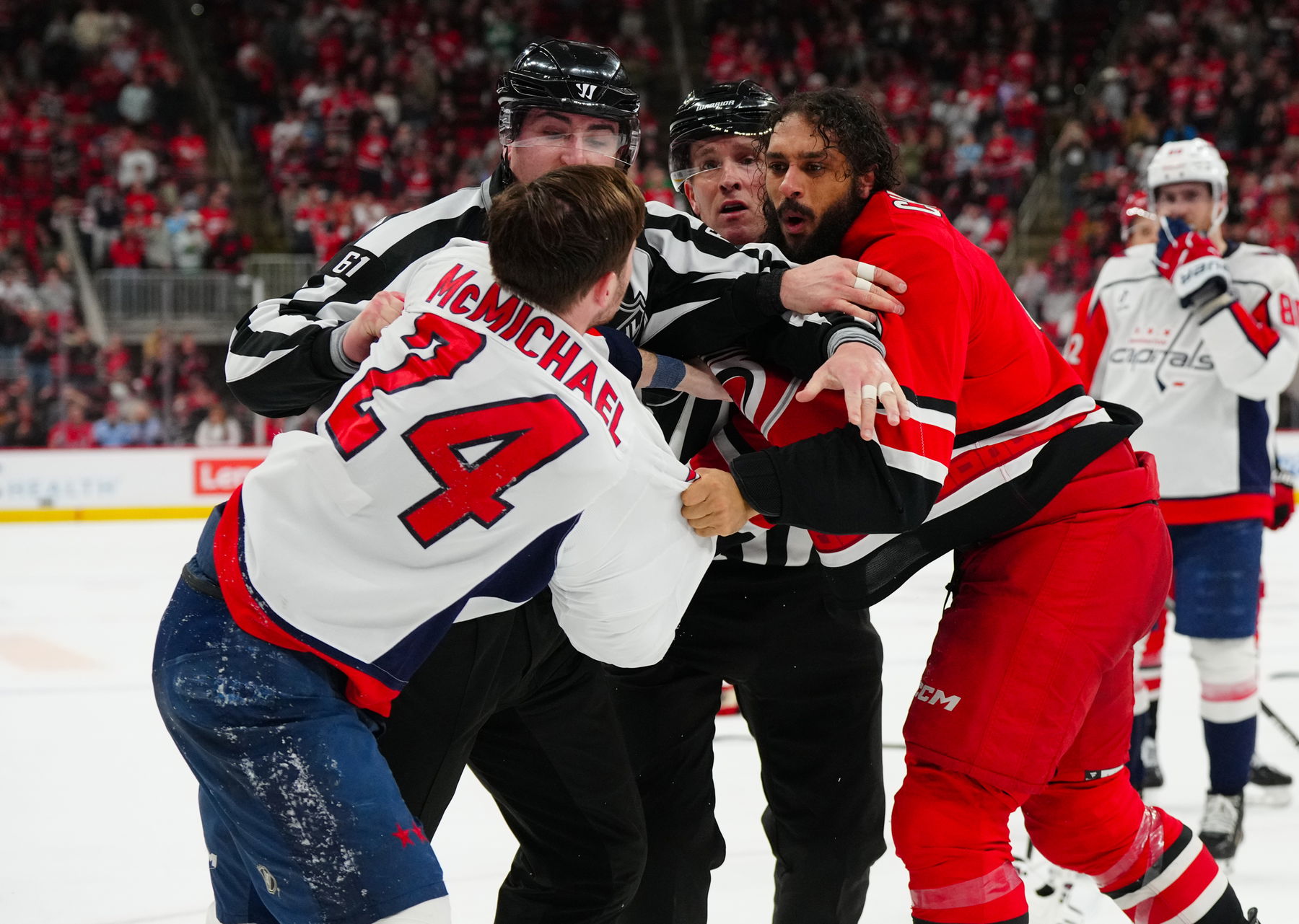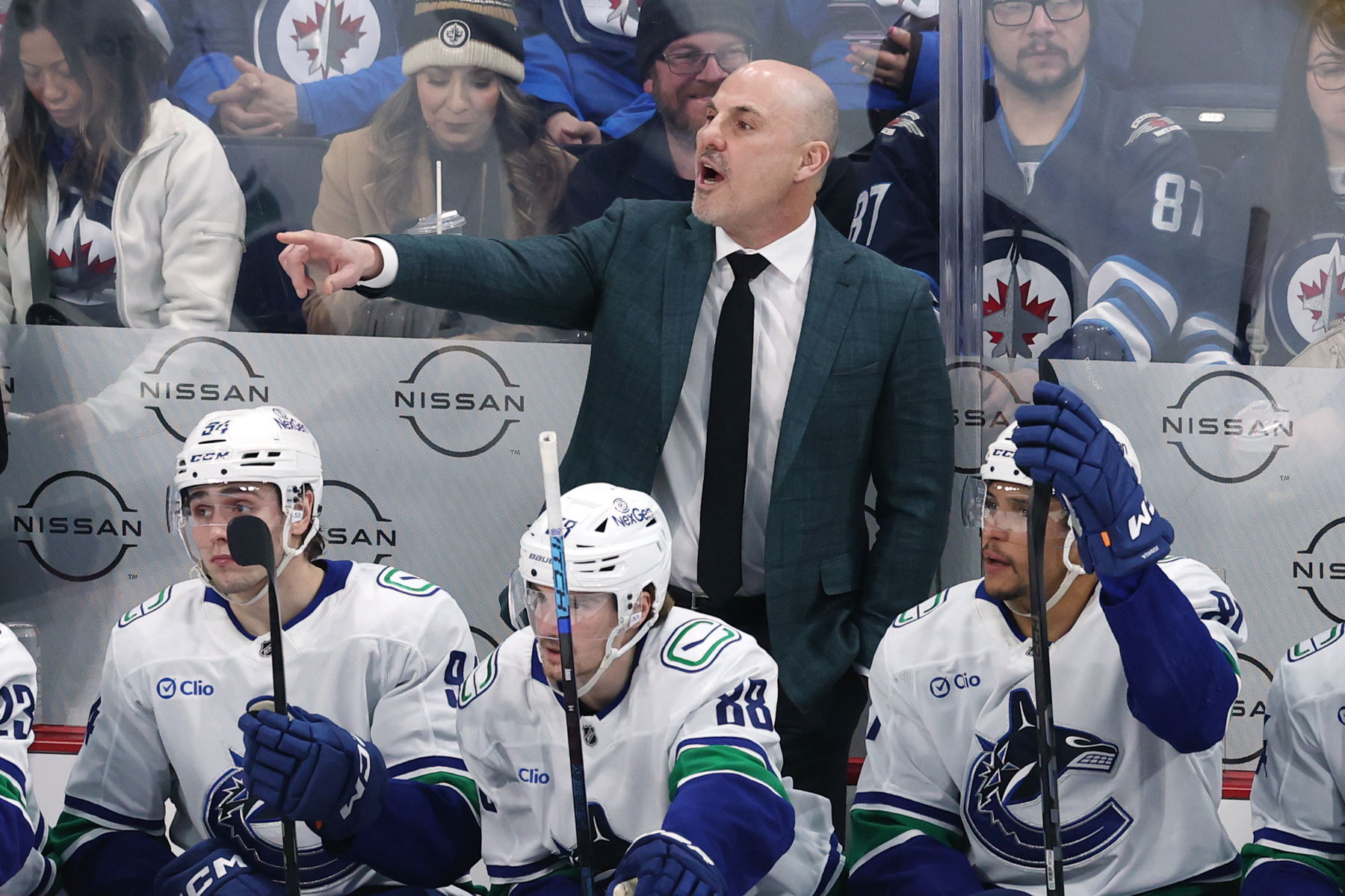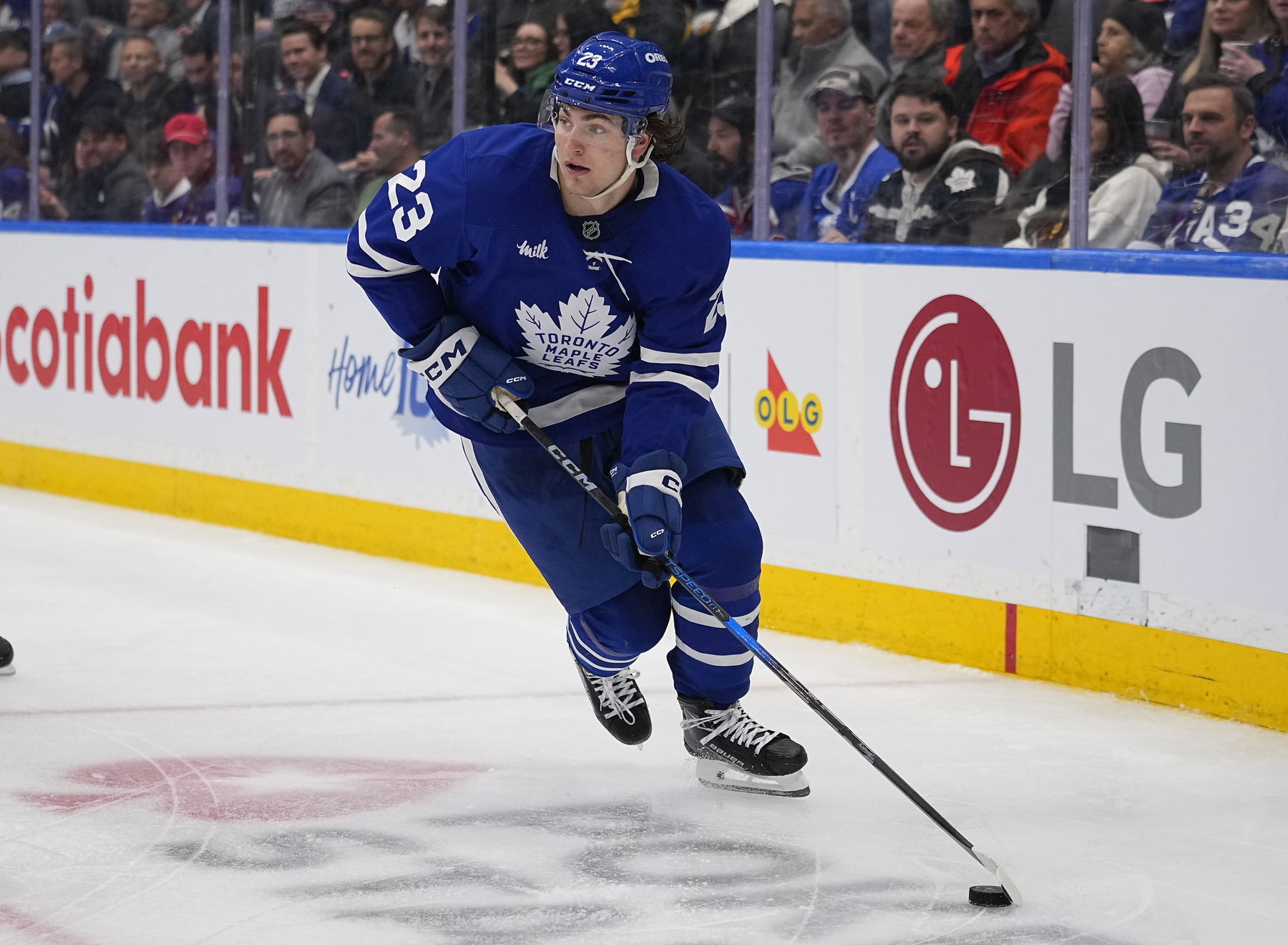
What's new in NHL 15? It's a matter of physics
NHL 15 is out on Xbox One and PS4 and the physics have undergone a revolutionary change, as Max Pacioretty and Morgan Rielly learned at the demo.
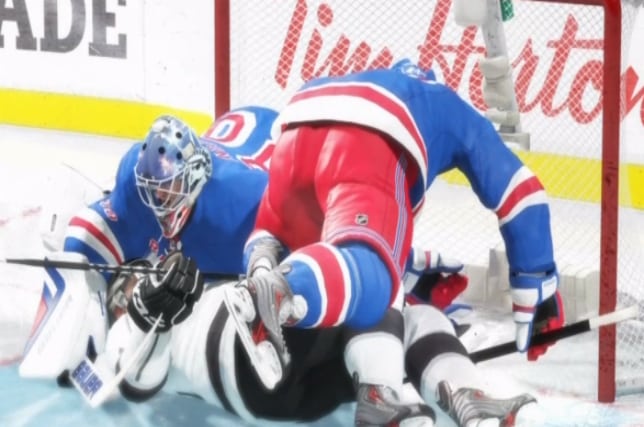 What's new in NHL 15? It's a matter of physics
What's new in NHL 15? It's a matter of physicsSometimes, it's OK to enjoy the sizzle more than the steak.
If you're a diehard hockey video gamer, you know it's good to temper expectations when a game debuts on a new console. An entirely new generation means new bugs to work out. It's thus not fair to compare NHL 15, the first release on Xbox One and PlayStation 4, to the final couple releases on Xbox 360 and PS3.
Chances are, there will be some kinks to work out between NHL 15 and NHL 16. Some 13-year-old kid will discover a glitch goal and annihilate the online competition. Much fuss has been made over the lack of game modes in this year's edition, too.
But when EA Sports officially launched its newest game at the Mastercard Centre outside Toronto on Thursday, there was no point nitpicking. It's too early for that. Instead, it was a day for wide-eyed appreciation at the latest leaps the game has made. There are many, and most of them relate to the look and feel.
NHL 15 introduces the "next generation" player, who has independently operating equipment and a "live" jersey, which flaps in the breeze and creates unpredictable bounces when the puck touches it. The players have more expressive faces after EA borrowed from the fighter models in its UFC game.
The AI is also programmed for "non-linear" decision making. As NHL series producer Sean Ramjagsingh showed in Thursday's demo, players no longer have a few mechanical choices to make. Instead, they can make thousands of decisions per second, such as choosing shooting and passing lanes when they have the puck and finding open space to receive passes when they don't have the puck.
When you play the game -- which I did -- it handles a lot like the previous versions, except smoother, faster and, of course, glossier. The fine touches help, such as adding 9,000 different fan models to create an almost entirely heterogeneous crowd and adding live video of new commentators Doc Emrick and Ed Olczyk.
“The leap we’ve taken this year is probably the biggest," Ramjagsingh said. "We didn’t know how big the leap was going to be, because in the last console transition, we went from standard def to high def. So automatically people were blown away with the visuals. So for us to be able to do that when we’re going from HD to HD is fantastic for us. The jump this year is huge with our presentation and our gameplay. The feedback from the demo and from the early release is it feels like a completely different experience in a good way.”
The most exciting change is to the physics. The EA Sports folks got serious with it this time, hiring a scientist who worked on the Large Hadron Collider in Switzerland. That's the giant Death Star-like machine that literally creates black holes. Now that guy works on puck physics in NHL 15. Seems like a step down for him from black holes? Either way, we're grateful. The puck bounces more realistically than ever now.
"The puck physics is one of the coolest things we’ve done this year, because it’s really changed the flow of the game, changed all the bounces in the game, it’s made everything feel more realistic," Ramjagsingh said. "A puck passed back to the point can take a bad hop over a stick and cause a breakaway the other way. It’s something that never would’ve happened in our game before.”
On hand for the launch were Montreal Canadiens left winger Max Pacioretty and Toronto Maple Leafs defenseman Morgan Rielly. For starters, they squared off in a gaming session. It took them a while to adjust to the controllers, as they are both Xbox guys but were using the PS4, but they found their stride. Pacioretty beat Rielly 4-2 in an abbreviated game. Pacioretty also lit up when he realized the game automatically gave him the vacant Montreal Canadiens captaincy.
"Somebody at EA Sports deserves a raise," he said.
Both players were impressed by the new physics and glossy presentation.
“It made the game a bit harder for me to play, which is I think what people want, because it’s more realistic," Pacioretty said. "Away from the gameplay, seeing the commentators, the fans, the rink, it’s just a whole other level. It feels like you’re watching a game on TV."
Rielly was just as blown away, and he got immersed in the game. He noticed he was "buried" on the Leafs depth chart and ruthlessly pulled Jonathan Bernier after Pacioretty took at two-goal lead.
“I’ve played a lot," Rielly said. "Playing junior hockey on the Prairies, you’ve got a lot of extra time on your hands to play the game with your teammates. I got a chance to enjoy it. And when you move in with Jake Gardiner, we play against each other sometimes. It’s a cool game and when you get a chance to play as your team, it’s a bonus.”
Then came the really interesting part. Pacioretty and Rielly took to the ice for a motion capture session, simulating precisely how EA creates the animations. They performed a variety of different moves and watched in amazement as they appeared on a TV screen as video game characters, their movements tracked in real time.
Here's a look at the process:
[embed]https://www.youtube.com/watch?v=ZUGOhZy_vNU[/embed]
After shootouts, Pacioretty and Rielly moved on to, in all likelihood, they only fight they'll ever share:
[embed]https://www.youtube.com/watch?v=Cz2N99wd6rQ[/embed]
The mo-cap suits are covered with reflective balls. Cameras surrounding the rink reflect light off the balls and triangulate the motion, Ramjagsingh said, and that's how each movement gets "beamed" into the game. The mo-cap suits weren't nearly as limiting as they looked from afar.
“It looks a lot more restrictive than it actually was," Pacioretty said. "I was expecting to go out there and feel like I wasn’t a hockey player. But we got out there and felt pretty comfortable. The technology was amazing.”
And that's what the NHL 15 was about. Amazing technology. Next year's edition will have the creases smoothed out, sure, and it'll probably have far more gameplay options. This year, however, we should just marvel at the undeniable leap this game has made in graphics and feel.
Matt Larkin is an associate editor at The Hockey News and a regular contributor to the thn.com Post-To-Post blog. For more great profiles, news and views from the world of hockey, subscribe to The Hockey News magazine. Follow Matt Larkin on Twitter at @THNMattLarkin

